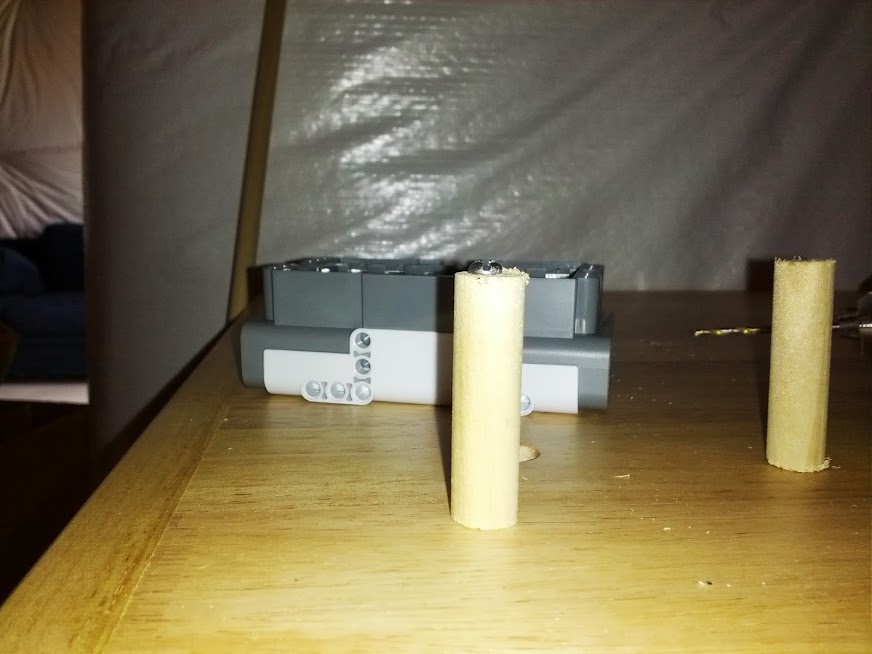This isn't a robot or electronics post, but it was a fun project nonetheless, so I'm putting it here in case it can benefit anyone else...
To start - I like to build things and my children do, too. And when we build, BIGGER is better. And after working on a couple of projects using PVC pipes as the primary component, I realized that a playset made of PVC would be both feasible and (child) life-sized. Since Christmas isn't too far away and the kids enjoy building forts, this seemed like a great idea for a Christmas present, so I took the van to Lowes, bought a bunch of 1" diameter PVC pipes...
... cut them using a miter box
... and put them in a box
... here are the different kinds available
... all of these PVC pieces made this possible!
You might say, OK, so you've got the frame there, but who wants to only live/play in a house frame? And I might say, you're right! That's why the kids will also be getting a bunch of flat bedsheets to cover things (and since they're white, the kids can color them to make whatever they need!). Unfortunately, secrecy requires that we don't put the whole thing together until Christmas Eve - hopefully I'll put some pictures of completed structures once some cool things have been built!
For some more detail... I cut pieces into the following lengths:
- 4'
- 5'
- 3' 6 3/16" (for tops of roof trusses)
- 2'
- 1.5" (to join connectors together)
I expect that once the kids start doing their own thing, I'll end up cutting some of the longer pieces down to sizes better suited for what they need.





















